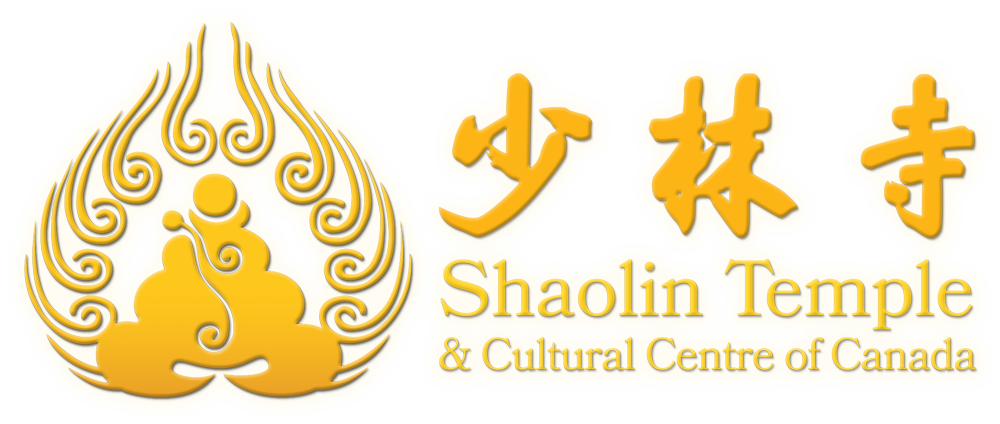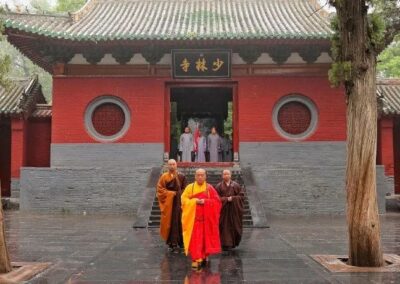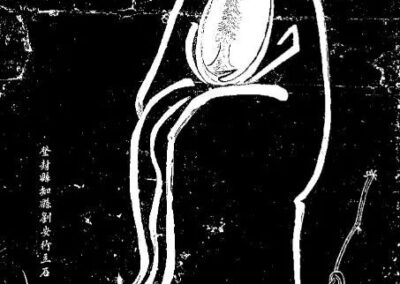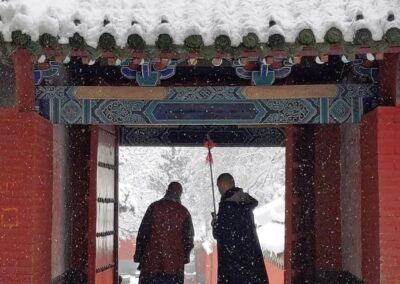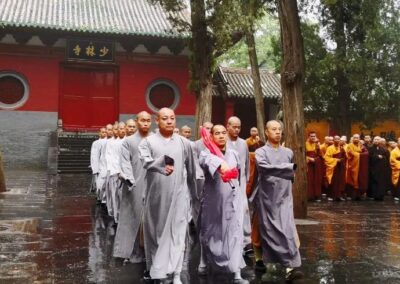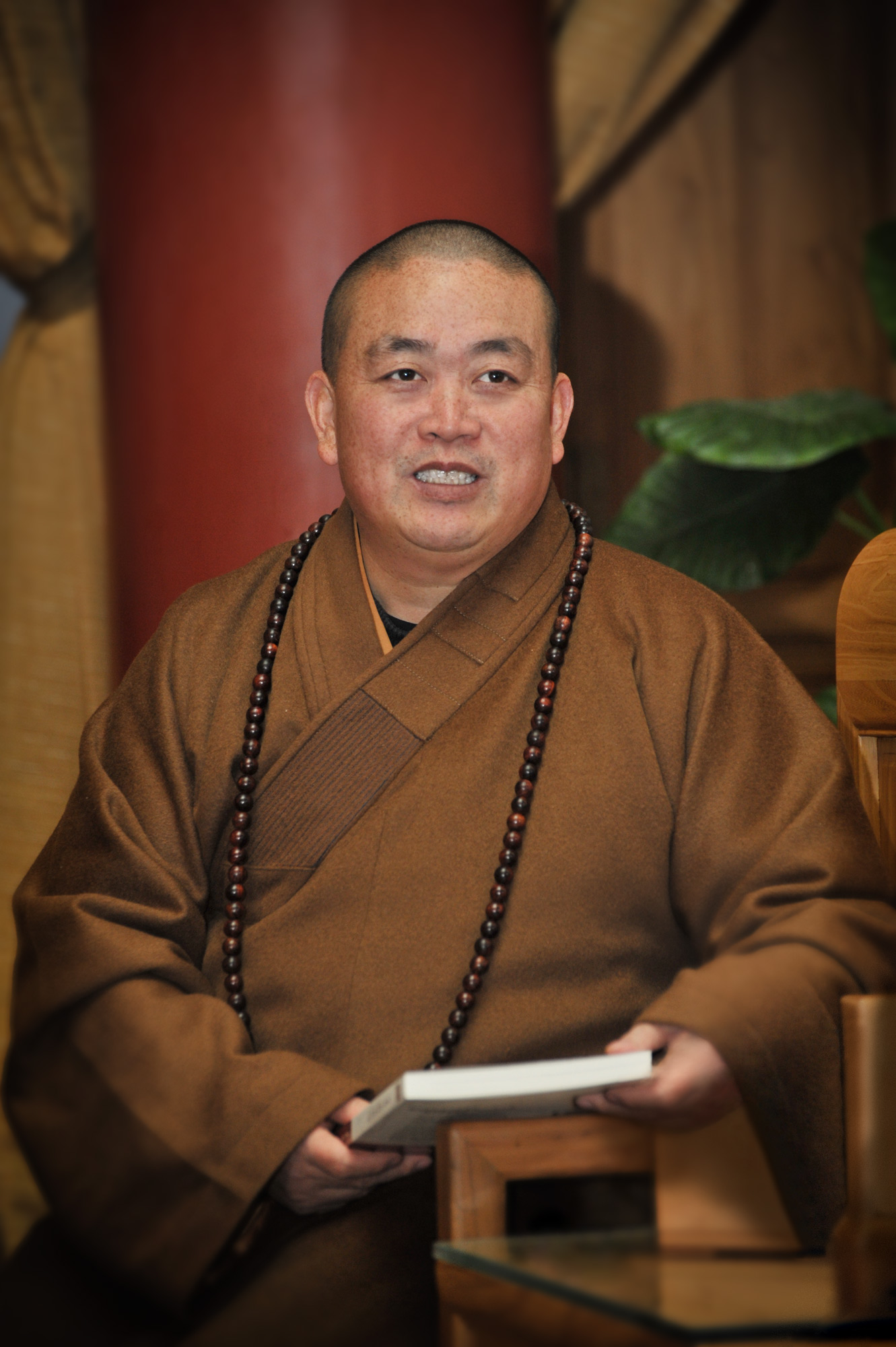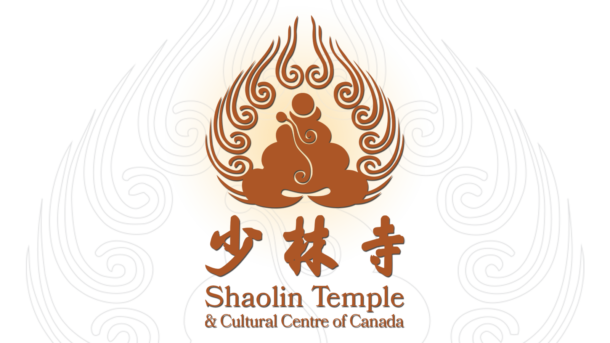Shaolin Temple of China
“Don’t ever think that the truth of life is away from us. In fact, we are dealing with the truth of life everyday, yet it is just passing by. We are busy every day looking around, while Buddha might be close to us, laughing at our confusion. I make a joke that we might be able to bump into Buddha in a sudden sharp turn. It is possible to become Buddha at anytime and anywhere”
– The Great Monk Shi Yongxin
Shaolin Temple of China
Shaolin Temple was established in 495A.D. at the western foot of Songshan Mountain, 13 kilometers northwest to Dengfeng City, Henan Province. The then-Emperor Xiaowen of the Northern Wei Dynasty (386-557) had the temple built to accommodate the Indian master Batuo (Buddhabhadra). Shaolin Temple literally means “temple in the thick forests of Shaoshi Mountain”.
As the first Shaolin Abbot, Batuo (Buddhabhadra) devoted himself to translating Buddhist scriptures and preaching doctrines to hundreds of his followers. Later, another Indian monk Bodhidharma arrived at Shaolin Temple, who was said to have crossed the Yangtze River on a reed. He spent nine years meditating in a cave of the Wuru Peak and initiated the Chinese Chan tradition at Shaolin Temple. Thereafter, Bodhidharma was honored as the first Patriarch of Chan Buddhism. As Chinese Kungfu also originated from Shaolin Temple, it has been recognized as the origin of Chan Buddhism and the cradle of Kungfu.
Abbot of Shaolin Temple, The Venerable Shi Yongxin
“The highest level of Kung Fu is seen upon reaching the realm of dissolving both subject and object, and the core of Shaolin Dung Fu is Ch’an which is distinguishes Kung Fu from other martial arts.”
– The Great Monk Shi Yongxin
Shi Yongxin, originally named Liu Yingcheng, was born into a family in Yingshang, Anhui Province in 1965.
